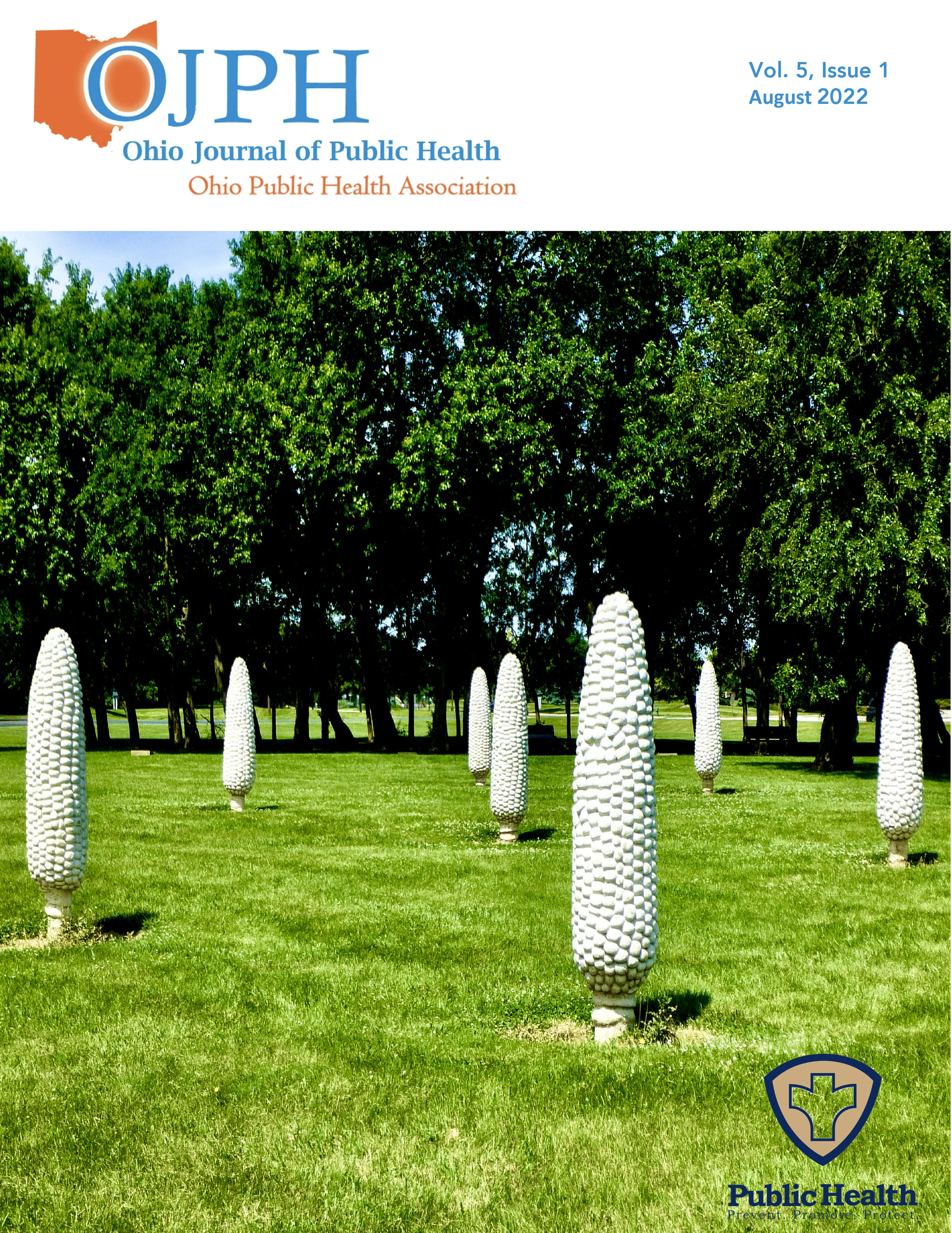The Importance of Communication in Collaborative Community Development: Lessons Learned from Three Cases
DOI:
https://doi.org/10.18061/ojph.v5i1.8721Keywords:
Community development, Communication, Trust, HousingAbstract
Collaborative community development projects aimed at promoting economic vitality, with attendant consequences as a key social determinant of health, necessarily pose questions about how to best communicate between developers, project partners, and community members. Many such projects are taking place across the United States, including in Ohio. This commentary draws on examples from 3 communities (2 outside of our state of Ohio, and another in the Linden neighborhood of Columbus, Ohio) to distill 3 key lessons in the area of communication. First, we argue that communication should be proactive, not reactive. Second, we explain why planners should be consistent in the provision of updates related to progress or lack thereof in real time on websites and apps, all while ensuring that information remains current. Third, though communication remains an under-appreciated aspect of partnership-based community development work, including explicitly health-oriented work, we argue that communicating progress to community members is not only logistically important, but part of a broader effort to build trust within communities in order to create long-lasting and sustainable change. This trust, after all, is a necessary foundation for community-focused workconcerned with addressing the social determinants of health.
Downloads
Published
Issue
Section
License
Copyright (c) 2022 Arin Leuchtag, Luke Bressler, Ashley Banks, Daniel Skinner

This work is licensed under a Creative Commons Attribution 4.0 International License.


